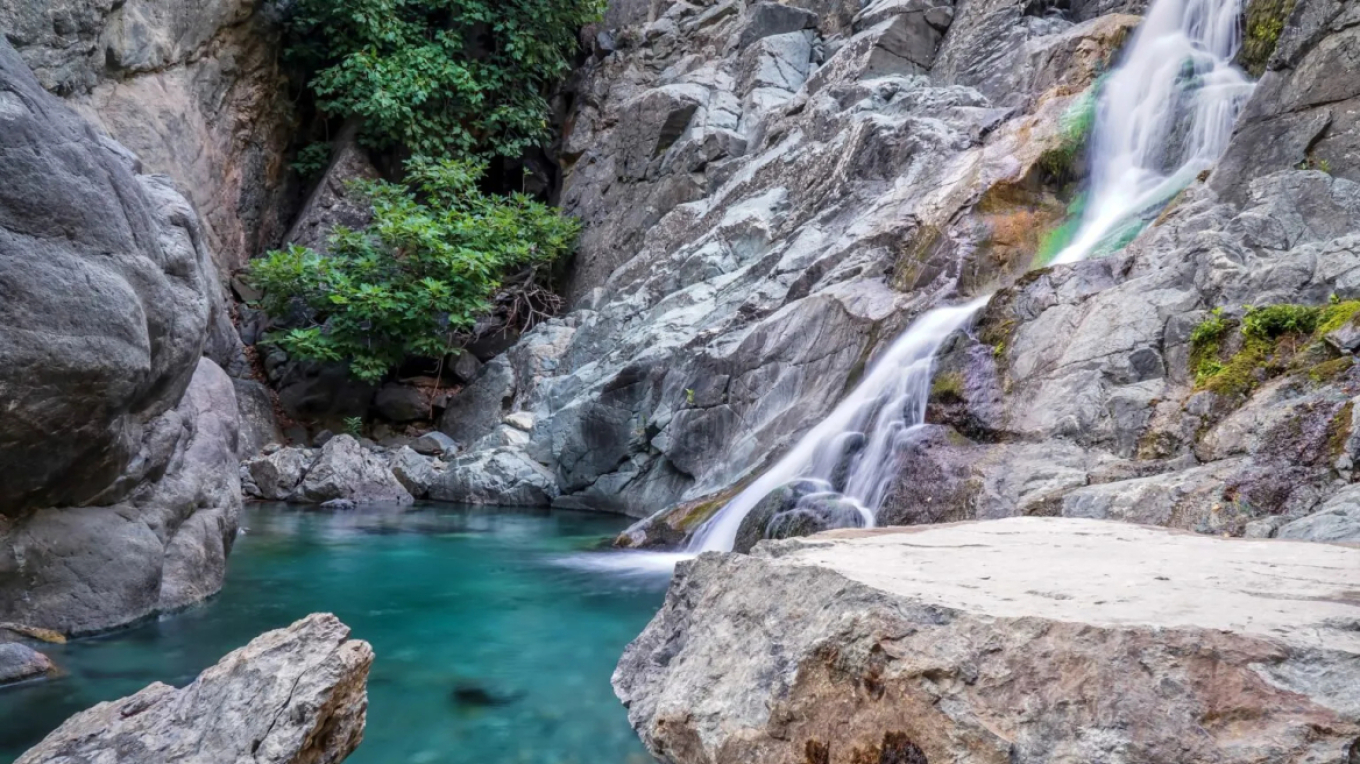CNN Travel features a special piece on the Greek island of Samothrace in the north pointing out that the Greek island is a hidden oasis of green recommending different dishes and places worth trying for travellers.
From CNN
The Greek island of Samothrace is a vision in green. The craggy rocks of Mount Saos, the island’s highest mountain at 5,285 feet (1,611 meters), give way to gentle slopes covered in oddly shaped plane trees, oak woodlands and majestic cedars.
Fed by the clear waters of three rivers, rare and endemic plants flourish. Vegetables thrive in fields around the port of Kamariotissa near the island’s western tip, while olive trees and solar panels line terraces carved out along the southern coastline.
Located in the Aegean Sea near Greece’s northeastern border with Turkey — the island is a short ferry ride from Alexandroupoli on the mainland — Samothrace was once known across the ancient world for its religious sanctuary. Today it’s a magnet for ecotourists. Here are some of its highlights.
An island of ‘young feet’
Therma on the north coast, is a good base for exploring the island. Most of the accommodation here is simple, focusing on engaging with the environment as much as possible. Who needs luxury when there’s a creek playing a symphony outside your window?
Nature is what it’s all about, according to Kaliopi Parselias, owner of Parselias Studios for more than 30 years. “Samothrace is a different island,” she says. “You have green forests, rivers, waterfalls and people come to walk up the mountain and some people love the sea. It is a virgin island.”
Parselias has run the B&B for more than 30 years, and initially their guests were mainly Greek families with a few Germans. “But now we have people from all over Europe,” she says. With just one caveat: “Young people, because Samothrace needs young feet for walking.”
Many of them choose to stay at Camping Varades, right next to the sea, named after “varades,” a kind of beehive inside hollow trees, explains manager Anastasios Vavouras. Bees work as a cooperative, of course, and the campsite is collectively owned by seven people. Their aim, he says, is to offer visitors “an alternative way of spending their holidays here… focused on mountain activities, in a quiet, more free environment.”
The majority of campers are Greeks in their 20s and 30s, like Giannis Tsakiltsidis, a student from the mainland on his first visit to the island. “You can spot campers of all ages, here to experience a more undisturbed and more undiluted view of Greece,” he says.
Tsakiltsidis has come here to hike. Ancient paths crisscross the mountains and the hikes range from being suitable for beginners through to more serious trekkers.
Ask me anything
Explore related questions





